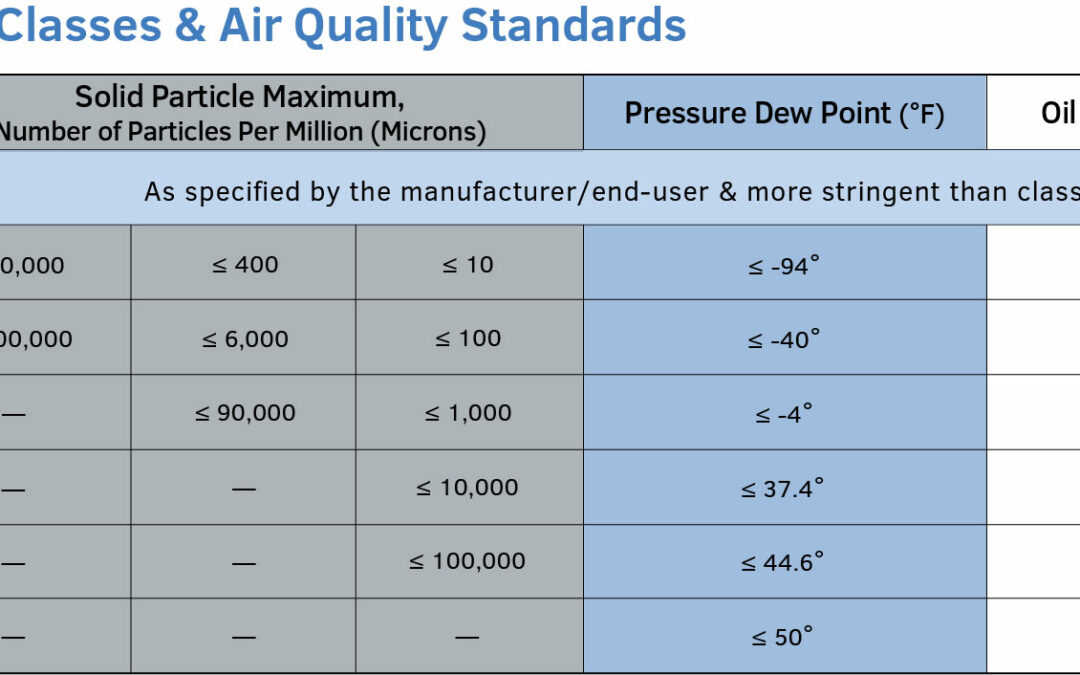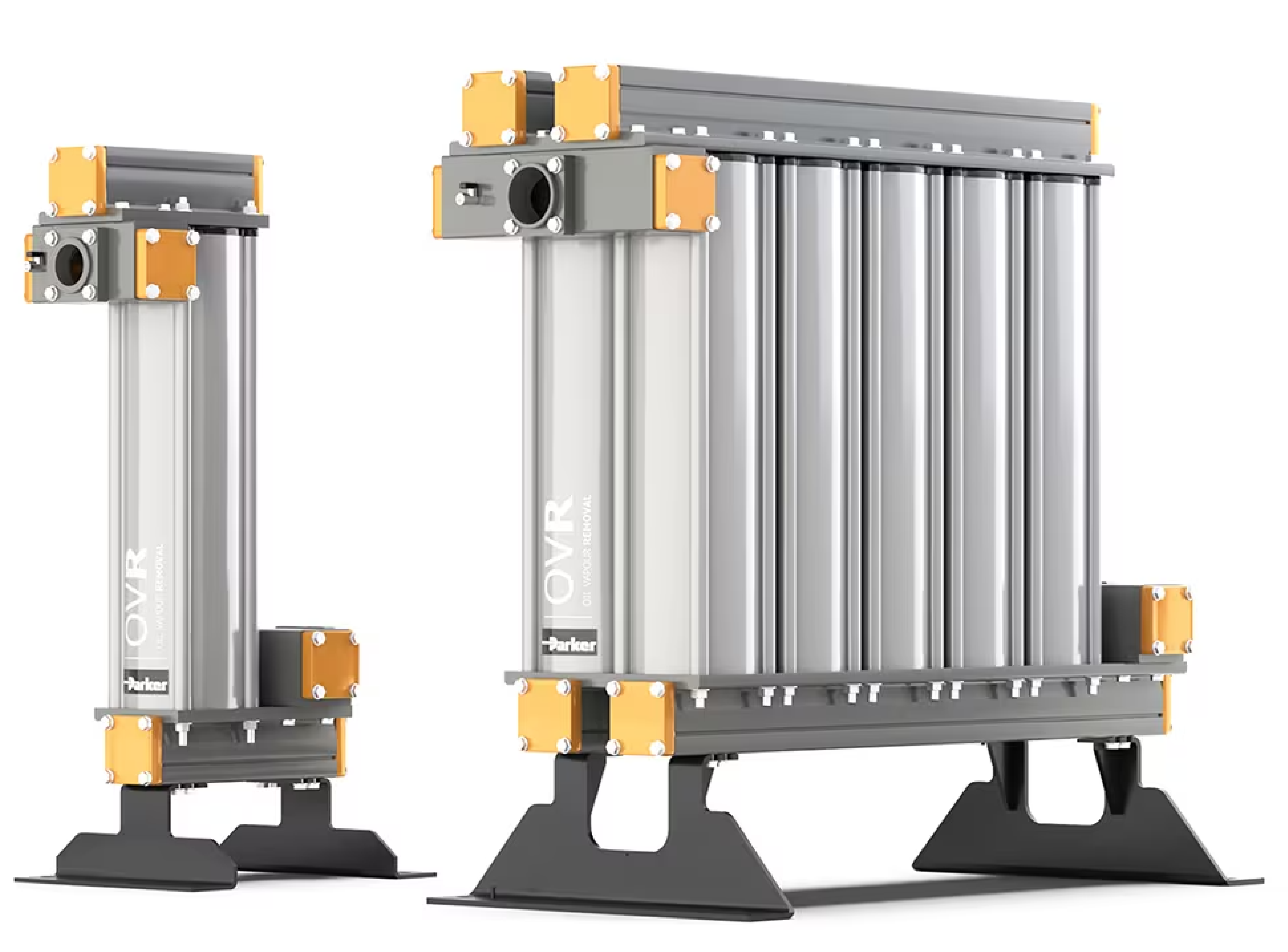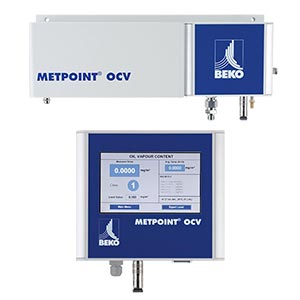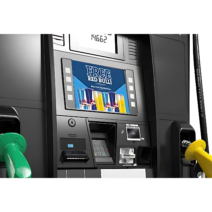When working in sanitary or hygienic applications like Food & Beverage or Semiconductor manufacturing, it is vital to maintain strict air purity standards, especially having oil free air. Oil vapor in compressed air can be tied to diminished product quality as well as health concerns for both employees and customers alike. Depending on the industry, exceeding the limits of oil vapor in air can mean loss of product, hefty fines, or even a pause in production altogether until the problem is resolved. The International Standards Organization (ISO) designed parameters for compressed air to determine the quality of compressed air, ranging from class 0 to class 6.
Why ISO Class 0 Status Matters
ISO classification 8531-1 uses three different metrics to determine the quality of compressed air, sorted by the types of contaminants. The difference between these options is through the displayed ISO class. These classifications can be split up depending on how they meet each standard or by meeting all three thresholds at once. So one compressor could be Class 1, but another might be Class 1 for only one of the criteria, and Class 2 or 3 for the others. ISO sets Class 0, the highest level of air purity, differently from the other classes. Manufacturers and end-users set standards for Class 0 Air, however, these standards must be more stringent than Class 1’s parameters.
The first measurement is the Solid Particle Maximum or number of particles per million in the compressed air. Proper filtration protects against dirt, dust, and other solids present in compressed air. The second measurement is the Pressure Dew Point, which relates to the amount of water vapor present in the compressed air. The lower the dew point, the less moisture is available for bacteria to grow. The final metric for air purity measures the presence of lubricant or oil vapor within the air. Oil vapor, especially non-food grade lubricants, contaminates the compressed air encountered.
This third metric, the oil vapor has historically been difficult for facilities to monitor. Typically, facilities need to coordinate with outside laboratories certified by the FDA and provide samples of the compressed air. This process can be time-consuming, and with severe consequences for a failing grade, ensuring oil free air is truly oil free is vital. While there are many ways to achieve oil free air, here are three methods we have found to be effective.
1. Oil Free Air Compressors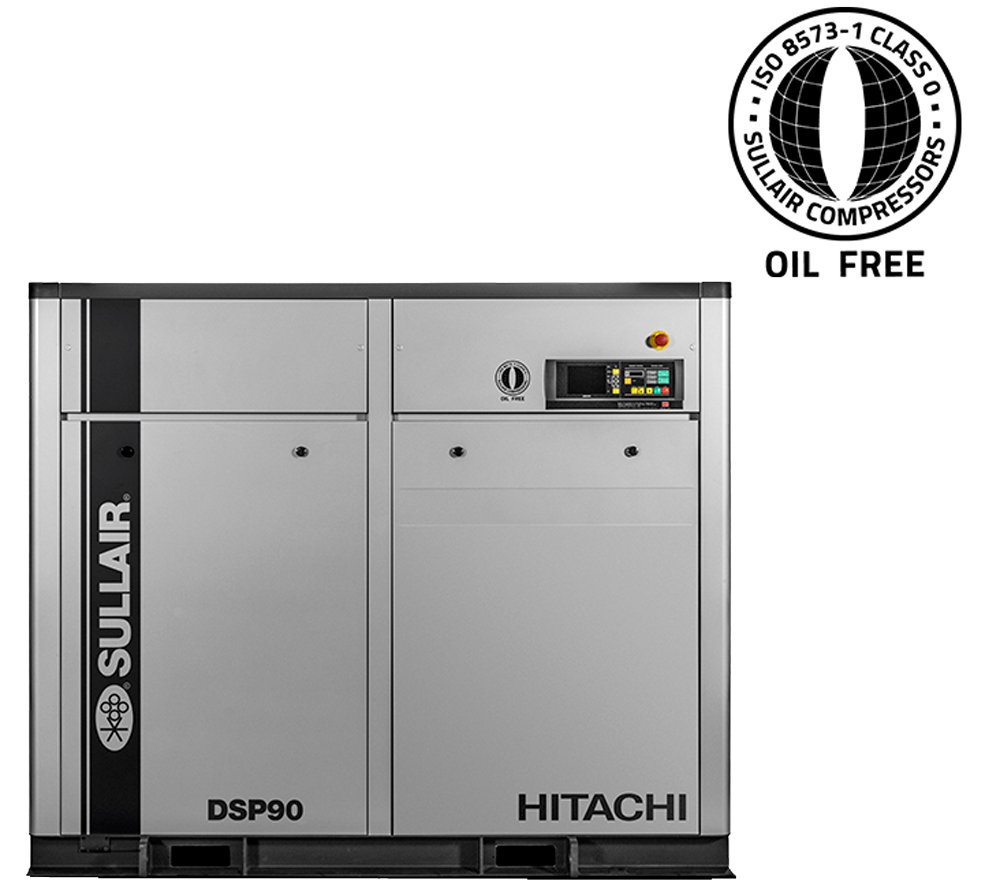
The easiest way to eliminate oil in your compressed air system is to start at the source. An oil free air compressor still has oil lubricating the machine, but its design does not allow oil vapor to interact with the air at all.
Sullair’s oil free DSP rotary screw compressor takes oil free to a new level. The DSP is classified as Class 0 air, meaning the oil vapor present in the air is less than .01 mg/m3. However, Sullair took this one step further by utilizing third-party certification to offer not just Class 0 air, but certified Class 0 air. DSP compressors achieve this through technology like its patented oil mist remover, the drain separator, and an easily accessible oil filter. As an added benefit, the oil mist remover recycles the compressor oil captured, reducing the amount of compressor fluid needed.
2. Air Treatment
Using the right air treatment options, facilities can be more secure in the fact their air is oil free. Pairing oil free compressors & air filtration together decreases the chances of oil present in production. In the unlikely event that an oil free machine accidentally releases more oil than an oil mist remover allows, the air filtration is another barrier to prevent oil from leaking through. Air dryers can also have a similar effect by reducing the oil’s temperature enough for condensation to occur. From there, the filtration collects the oil so it can be safely removed.
Parker provides top-of-the-line filtration such as its Oil-X OVR Oil Vapor Reduction Filters. Similar products use loose carbon to trap oil vapor, however, Parker sets the Oil-X apart with the extruded aluminum design, making it both smaller and lighter. With this trade-off, the Oil-X uses compact activated carbon cartridges to maximize packing density.
3. In-House Oil Vapor Monitoring
While oil vapor testing usually requires sending a sample to a certified laboratory, this is no longer the only solution. Beko Technologies offers a one-of-a-kind in-house oil vapor monitoring solution, the Metpoint OCV. The Metpoint OCV connects to the compressed air system and takes two samples every sixty seconds. The first sample is purified and compared against the unaltered sample with detection for up to .001 mg/m3 oil vapor content. When the set threshold is met or exceeded, the OCV then sets off an alarm. Alternatively, the OCV can send alerts directly to email using an optional IoT feature.
Next Steps
For assistance with finding the best oil free air solution for your facility, reach out to our compressed air experts below. Alternatively, request service on your oil free equipment through our service team.

